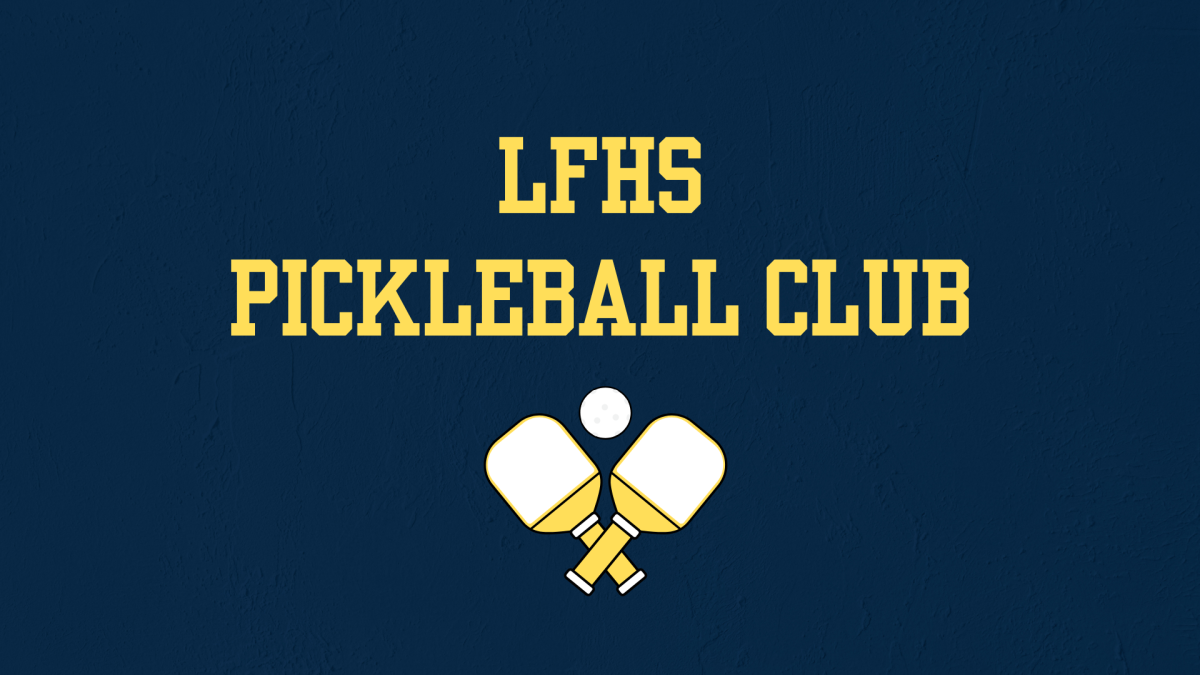“It’s now a Lake Forest tradition and a rite of passage for all our non-AP Physics students,” physics teacher Mr. Matthew Lowry said.
This upcoming Monday, physics students will participate in the annual boat races, an event that’s been around for 30 years. The task given is to construct a functioning boat, no longer than eight feet, entirely out of cardboard.
“The boat races grew out of an old physics with engineering curriculum, and the point of the project is to give physics students a feel for a more realistic engineering project,” Lowry said. “Not only is the physics important, but also the ability to organize, communicate, and plan – all are necessary skills for success post-high school.”
These skills start with the initial design of the boat.
“Our process started about a month ago,” senior Ana Dollard said. “We began by crafting a boat shape, and decided based on a kayak/canoe like design. The next steps were deciding dimensions. We looked at a model of a kayak and tried to base our measurements off of that design.”
The physics students have been working on their boats for over a month now, prepping for the long awaited race.
“It’s been a lot of trial and error for measurements and a lot of those ended up being changed or adjusted,” junior Sarah Noble said. “It’s been a little frustrating to have to keep changing the design.”
While the design itself can be frustrating, students get to take creative liberties with what their boat looks like.
“I think the coolest design we’ve ever seen was a “hamster ball”, where the students designed a large empty ball with cardboard walls,” Lowry said. “The pilot was inside and they propelled it by running, just like on a hamster wheel.”
Once the boat is designed, the students have to face the next hurdle: actually building the boat.
“We were lucky enough to receive cardboard from our teacher, Mr. Lowry, but the rest of the materials we sourced ourselves,” Dollard said, “So far, we have constructed the boat frame and have waterproofed it using caulk and masking tape.”
While the boat building may seem relatively easy, it’s not quite as simple as it may appear.
“Building the boat has been a lot of work that I definitely didn’t expect,” senior Hayden Shortsle said.
The months of designing and building all lead up to one day: race day.
“It’s a very sink or swim kind of project,” Dollard said. “The boat project is worth a lot of our grade, and if it sinks when it first goes into the pool we might fail.”
A lot is riding on race day and students can be feeling a lot of pressure, but the races can also be very exciting.
“I think the wildest [race] I have ever seen is a really amazing comeback story: the boat was built as two pontoons with a platform for the pilot to sit in between them,” Lowry said. “But in the middle of the race, the platform began to come apart and the pilot was going to fall into the water. In an incredible feat of agility, he was able to stand up with one foot on top of each pontoon, and he managed to finish the race, balancing tenuously in a standing position.”
Physics students have the potential to create their own memorable race day story, even with all the stress leading up to it.
“I think it will be very fun for all our hard work to pay off,” Noble said. “I’m very excited for race day.”













